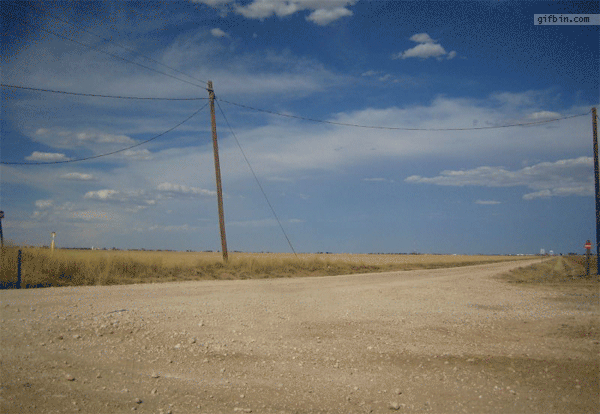

We focus on the task that needs to be accomplished next and try to reach more people. Who thinks he can make it on muscle aloneįrankly, these verses scare me, because it’s a fault American Christians-and Christian writers easily slip into. “Cursed is the strong one who depends on mere humans, So why am I writing about tumbleweeds? Well, several weeks ago, I came across these verses in the Message Bible. If a town succeeds, a fresh wind can blow other tumbleweeds in from miles away, each of them flinging down thousands of new seeds. These plants are very hard to get rid of. The dried stems and leaves can be used for kindling, but if a wildfire breaks out, a flaming tumbleweed will spread the fire much faster. They produce no fruit and out-compete other plant species for resources, like water. Like mosquitoes, they’re aggravating and sometimes dangerous. It’s hard to say anything good about them. (Please see the amazing video under “Resources.”)

The plant germinates in the spring and then flowers in the late summer.They often grow in poor soil under dry conditions.A meadow or any place where other plants are established blocks the seeds from the soil.Tumbleweed seeds need disrupted soil to grow, either a tilled field or ground broken up by the hoof prints of cattle or by machinery.They live only one year, germinating in the spring or early summer. Thus the tumbleweed’s conquest of America began. The invasion happened very quietly. A seed or two apparently came over in a shipment of Russian flax. The earliest tumbleweeds were actually Russian Thistles. There are a few different species, but the first tumbleweeds showed up in Scotland, South Dakota shortly after the Civil War ended. Next: Why the Giant Sequoia Needs Fire to Grow, exploding plants disperse their seeds with high pressure bursts, and TED Ed’s Symbiosis and a surprising tale of species cooperation.The tumbleweed isn’t native to the American southwest instead, it’s a foreign invader. Then explore the tumbleweed’s classic image in American pop culture with this tumbleweed supercut by Duncan Robson, a short video commissioned by the Columbus Museum of Art: Learn more from the Deep Look video above: Why do tumbleweeds tumble? When the rains come, an embryo coiled up inside each seed sprouts. A microscopic layer of cells at the base of the plant - called the abscission layer - makes a clean break possible and the plants roll away, spreading their seeds. Gusts of wind easily break dead tumbleweeds from their roots. Starting in late fall, they dry out and die, their seeds nestled between prickly dried leaves. Inside each flower, a fruit with a single seed develops. Seedlings, which look like blades of grass with a bright pink stem, sprout at the end of the winter.īy summer, Russian thistle plants take on their round shape and grow white, yellow or pink flowers between thorny leaves. Tumbleweeds start out as any plant, attached to the soil. They’re invasive Russian thistles that flower, die, dry up into a spiny skeletal ball, and roll.

They also cause accidents when they roll out onto roadways.Īs it turns out, tumbleweeds are not native to the United States. They’re neighborhood nuisances that create fire hazards. But for people who live in dry parts of western North America, the tumbleweed is, in fact, a weed that can block doors or clog waterways as they gather in piles. When we think of a desolate plain or a foreboding frontier town in the wild west, we might think of the iconic tumbleweed rolling through the scene.


 0 kommentar(er)
0 kommentar(er)
